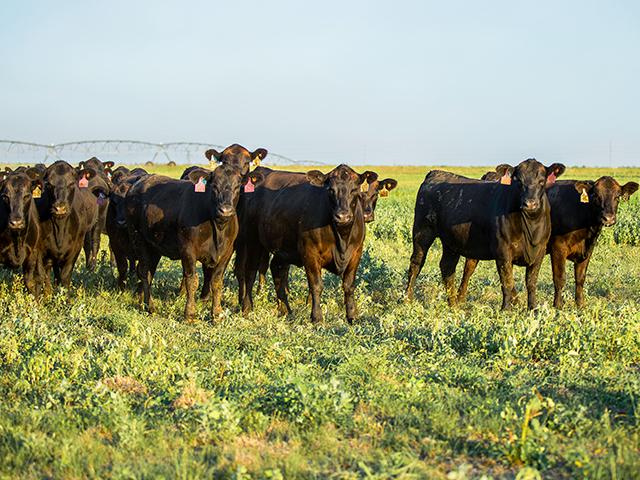Ask the Vet
First-Calf Heifer Dilemma
READER: We have a group of cows hiding their calves more than normal. After one heifer gave birth, we could not find her calf for two days. When we did find it, it was very weak. It had gotten under the fence. We managed to nurse it back to health but wondered if you have any thoughts on what is causing this behavior in our herd?
DR. McMILLAN: Readers may have some suggestions, and I encourage them to write me, but here are some of my thoughts.
Most cows act differently when a calf is lost. You will see them walking the pastures and vocalizing. But, some, especially first-calf heifers, can march to the beat of a different drummer. It's a good idea to check the heifer's bag to see if it looks like the calf has nursed. A strutted bag is a good sign of a problem with a calf.
During calving season, I recommend checking cows at least twice a day. Try to have them in pastures with few hiding places. When you can tag calves at birth, it can be very helpful to match cows to calves. I have found twins many times when a cow that calved is nursing an untagged calf. So, be aware of that possibility.
This is also a great time to emphasize the importance of a controlled calving season. It's hard for most cattle producers to check cows twice a day every day all year long. In addition to saving you labor, a controlled season can also help avoid having cows calve in the heat of the summer in the South or extreme cold in the North. Both increase the health risk for newborn calves.
P[L1] D[0x0] M[300x250] OOP[F] ADUNIT[] T[]
READER: How can I tell the difference between a vaginal prolapse and a uterine prolapse in cows?
DR. McMILLAN: A uterine prolapse only occurs after a cow has had calves, and it's almost always after a difficult birth. Simply put, the entire uterus is turned "wrong side out." You will see cotyledons or large, round, red, raised areas on the uterus. It can hang down to the cow's hocks.
A uterine prolapse is an emergency, and it needs to be corrected as soon as possible. Gentle handing is essential to avoid rupturing the middle uterine artery, the main artery feeding blood to the fetus. If this artery ruptures, the cow will quickly bleed out internally and die. You will see little or no blood in this case.
If a uterine prolapse is quickly and properly replaced (i.e., corrected), the infection controlled and the cow breeds back, she is no more likely to reprolapse in the future when calving than other cows.
A vaginal prolapse, by comparison, can occur at any time but is most likely right before or after calving. It can also happen when a cow comes into heat. Typically, you see a smooth red "tube" hanging out of the vulva. It can go in and out, or stay out.
Sometimes, especially in Brahman-influenced cows, it can be over a foot long. It may look like a ball in some cases, especially if it's a cervical prolapse, and the bladder is involved. This ball-like appearance is most common with a cervical prolapse or a complete vaginal prolapse where the cervix is exposed at the tip.
A vaginal prolapse is not an emergency but needs to be corrected as soon as possible. It has a fairly high genetic component and will almost always recur. A cow with vaginal prolapse needs to be on the cull list.
If she has not calved yet, consult your veterinarian to decide how best to manage her condition. If she is not close to calving or has already calved, the prolapse can be replaced. A suture or sutures can be placed to avoid recurrence, and then she can be sold for slaughter.
If she is close to calving, there are no great options. She will have to be monitored extremely closely. When a cow is close to calving, I correct the prolapse and often place a suture that will hopefully prevent reprolapsing but will tear out if the cow goes into labor. Some of these cows may be induced into labor to reduce the time they must be watched. Calving issues are increased no matter how you choose to handle her. She may need assistance and, in some cases, a C-section to safely deliver the calf.
**
-- Please contact your veterinarian with questions pertaining to the health of your herd. Every operation is unique, and the information in this column does not pertain to all situations. This is not intended as medical advice but is purely for informational purposes.
-- Write Dr. Ken McMillan at Ask The Vet, 2204 Lakeshore Dr., Suite 415, Birmingham, AL 35209, or email vet@progressivefarmer.com
[PF_1223]
(c) Copyright 2023 DTN, LLC. All rights reserved.




